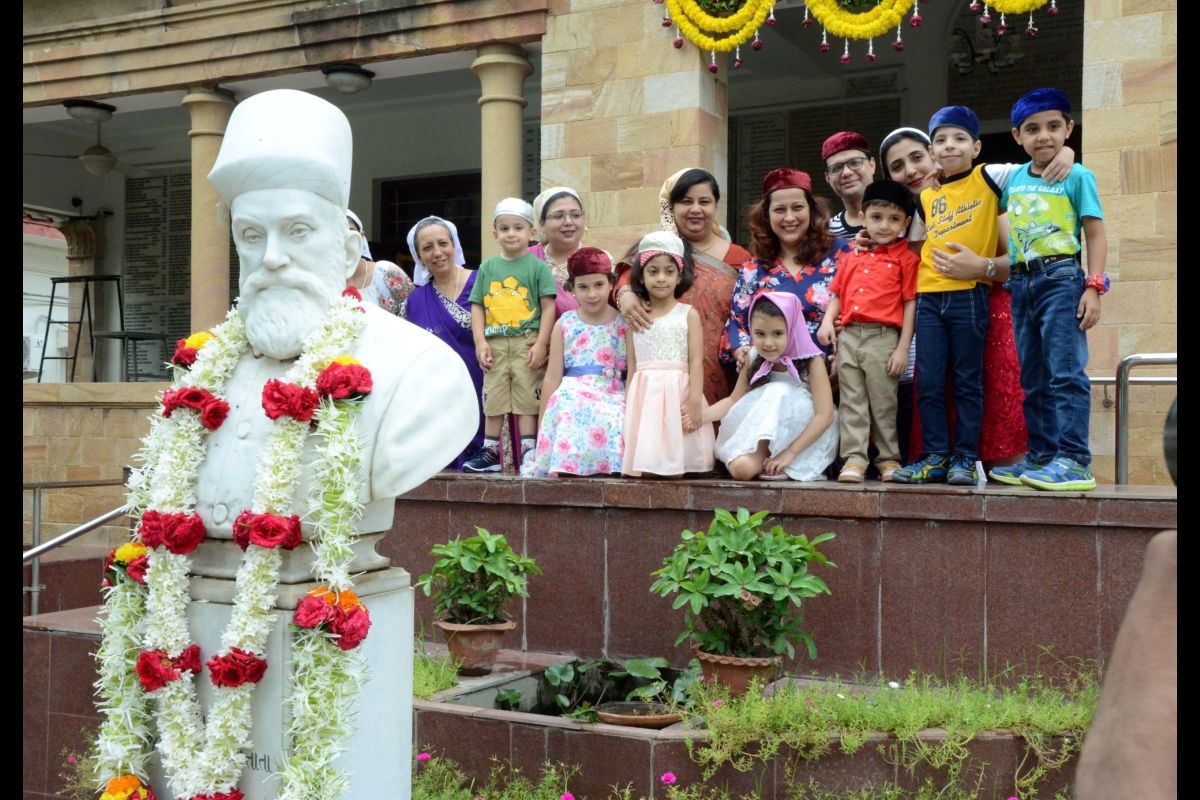Parsi New Year, also called Jamshedi Navroz or Pateti, is one of the biggest events for the people who follow Zoroastrianism. It is the celebration of the remittance of the community from evil thoughts and deeds as well as purging themselves of the sins of the past years.
The festival is celebrated on the eve of Zoroastrian calendar new year. This year, Parsi New Year will fall on 17th August.
India, being home to the largest number of Parsis from around the world, who mainly reside in Gujarat and Maharashtra, holds a cultural significance.
Throughout the day, Parsi families visit each other, exchange gifts and sweets. Men and women wear their traditional clothes and decorate their houses with flowers, torans and rangolis.
People go to the fire temple or agiary since the sacred fire, which was brought from Iran once, is always kept burning by the high priest of the temple. Offerings of milk, sandalwood, water, flowers and fruits are made.
The Parsis worship Ahura Mazda who is the sole god and the highest spirit of Zoroastrianism. Their tenets are based on the three ideals of good thoughts, good words and good deeds. Anything out of this is considered to be a sin.
Parsis originate from Iran or Persia who had to migrate in the 7th Century AD during the Islamic invasion. The day is named after Persian king Jamshed who introduced the Parsi calendar.
In this culture, the number 7 holds a great significance. The table, which is decorated, is also called “haft sin”, consisting of 7 items which essentially start with the letter “S”.
It consists of:
1. Sib (Apple): Symbolic for health and beauty.
2. Sabzeh (Sprouts): Represents greenery, nature and birth.
3. Seer (Garlic): Which can be used as a medicine and also a symbol of disinfection.
4. Senjed (Dried Fruit): Considered to be the representation of wisdom.
5. Serkeh (Vinegar): Symbolizing age and patience.
6. Samanu (Sweet Pudding): Representing power, bravery and fertility.
7. Sumac (Berries): Representing patience, tolerance, and life stimulation.
Food is also a very important part of the festival. During breakfast, Ravo is served which is made with suji, milk and sugar and along with it, fried vermicelli dipped in sugar syrup. Other food consists of patra ni maachi, spicy chicken curries, sali boti, falooda, pulav, plain rice and moong dal.












